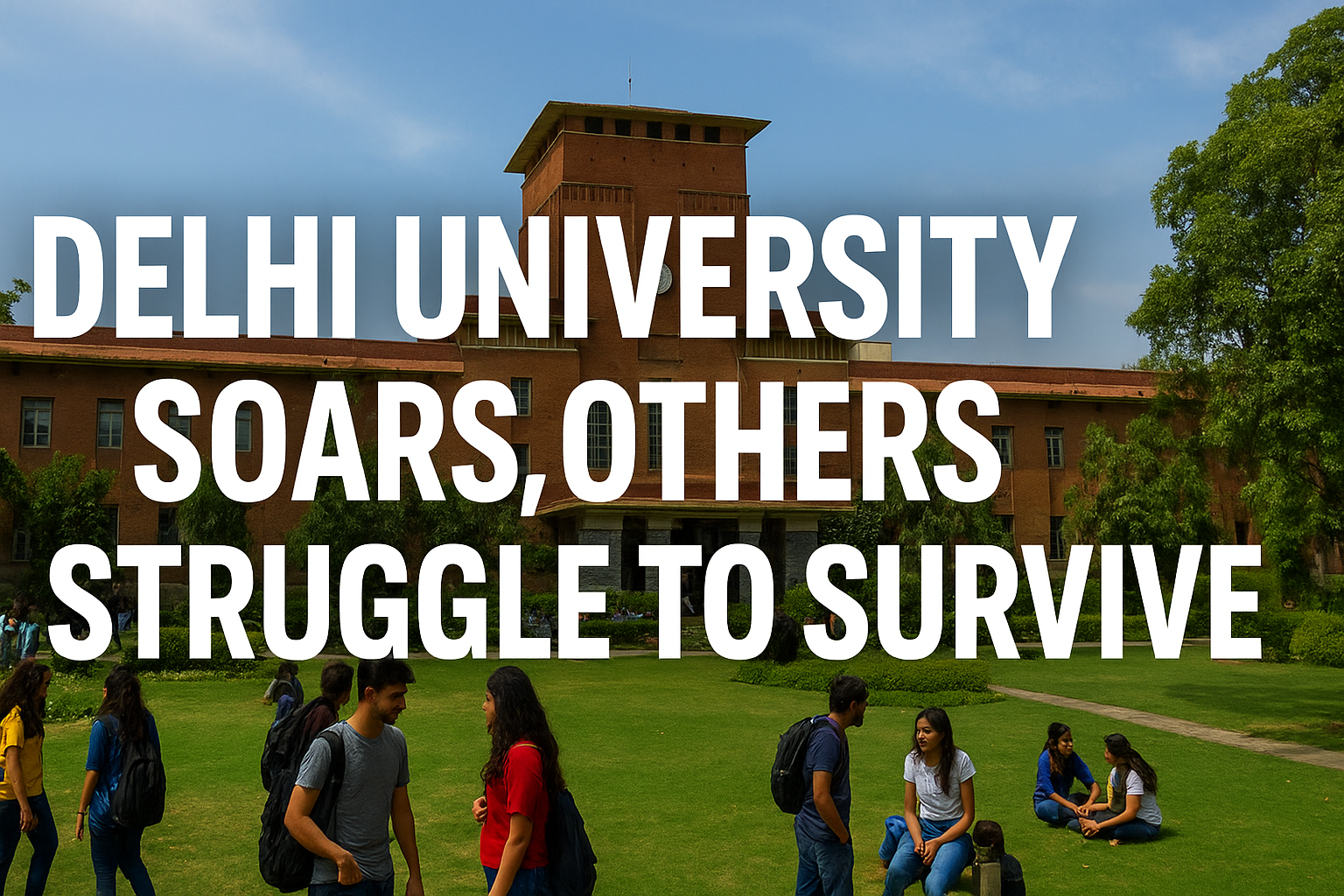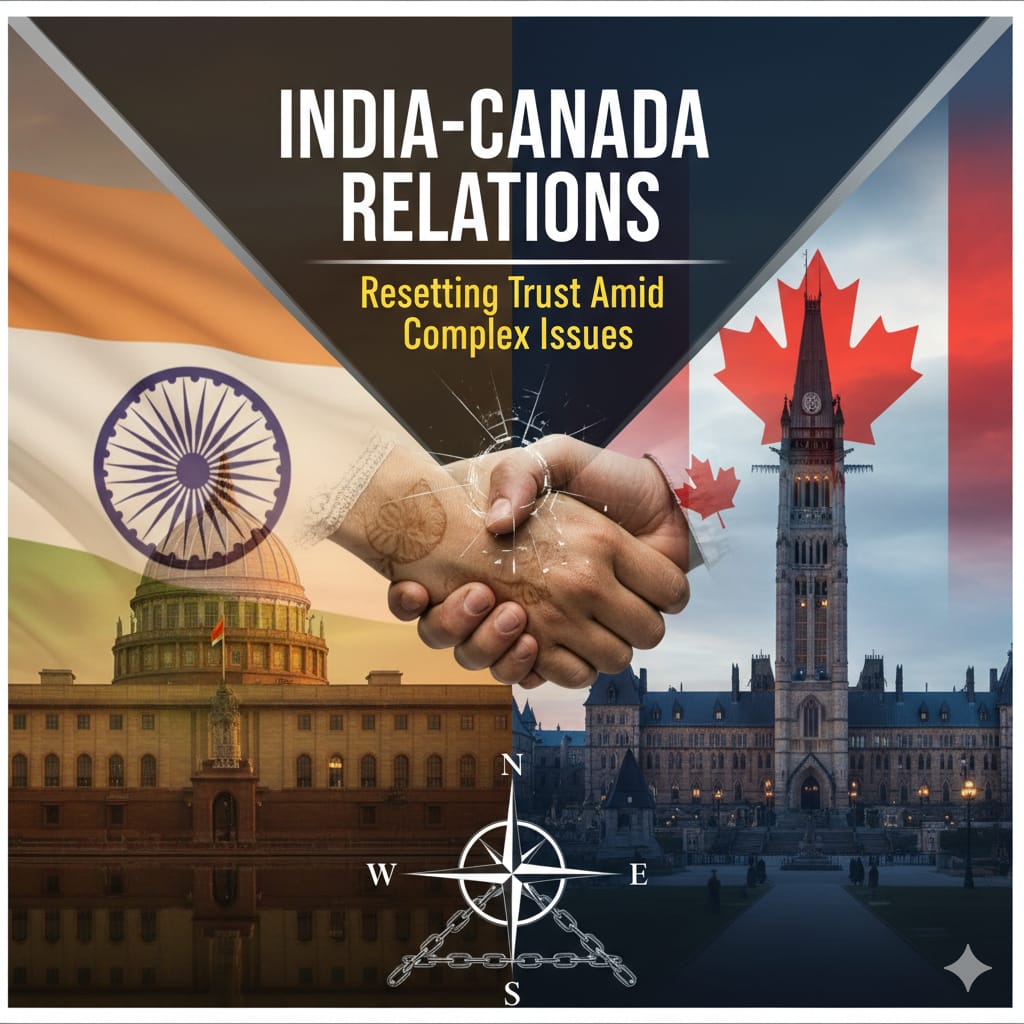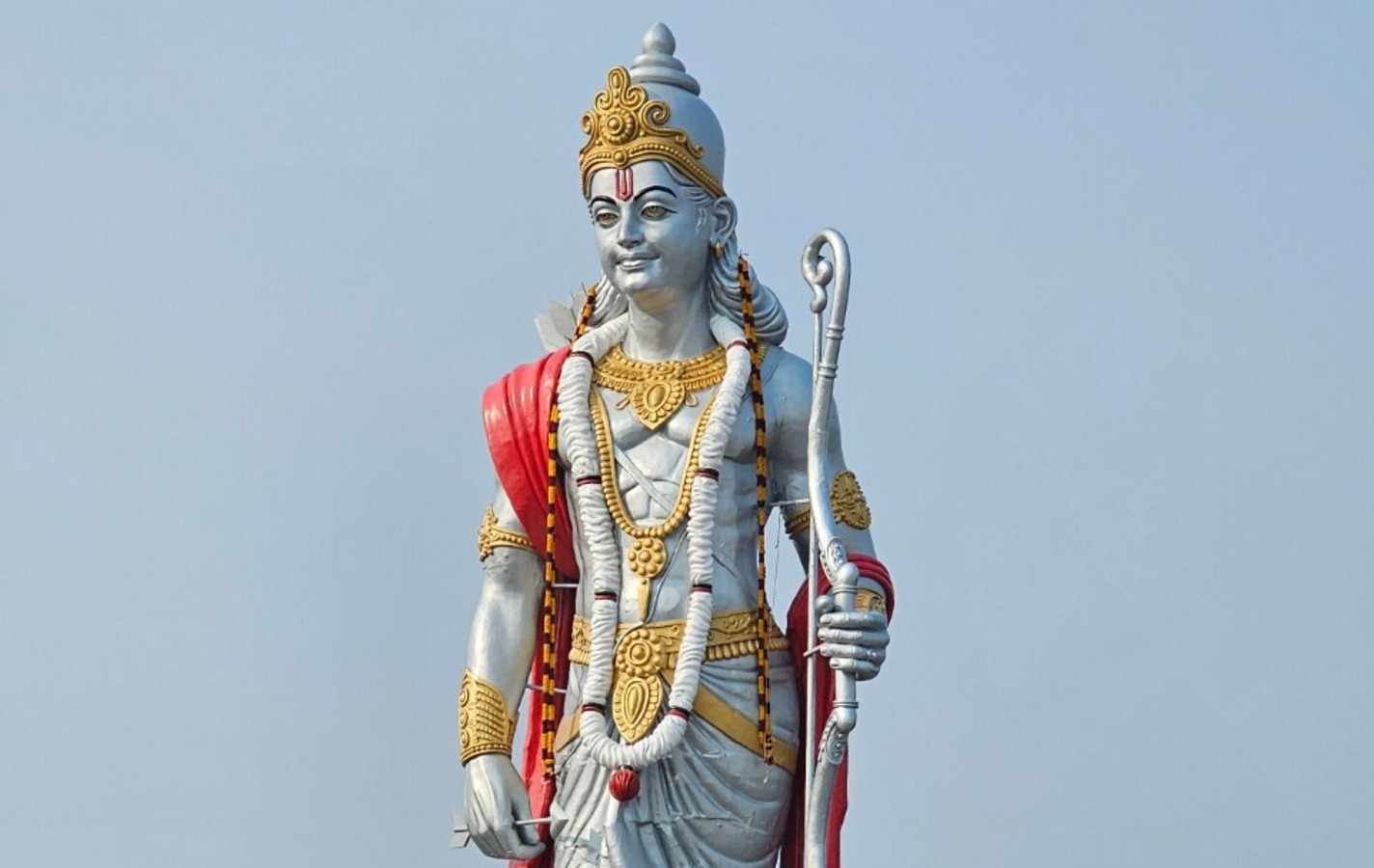
When the NIRF 2025 rankings were released, Delhi University once again dominated the national conversation. Hindu College, Miranda House, Hansraj College, Kirori Mal College, and St Stephen’s together captured the top five positions in India’s college rankings, leaving the rest of the country’s institutions far behind.
This is not just an academic victory but a revelation of India’s higher education paradox in a nation with over 1,100 universities and nearly 45,000 colleges, only a handful achieve genuine excellence, while the vast majority struggle to even remain relevant.
Delhi University’s Formula for Success
Delhi University’s success is not accidental. Its colleges have consistently adapted to changing academic needs—introducing new curriculum models, fostering interdisciplinary research, and cultivating independent thinking among students. Hindu College principal Anju Srivastava credits this to “academic innovation and adaptability,” while Kirori Mal’s leadership highlights their stronger focus on research and collaboration.
The university’s location in the national capital provides unique advantages such as access to policymakers, international collaborations, cultural vibrancy, and the ability to attract top talent from across India. This creates a self-sustaining cycle—ambitious students seek DU because of its prestige, and their achievements further enhance its reputation. In this sense, DU has built an intellectual ecosystem that mirrors global trends, where adaptability, innovation, and branding determine prestige.
The Fading Light of Others
Outside this bubble of excellence, the story is grim. Jawaharlal Nehru University (JNU), once celebrated for its critical inquiry, sits at 9th place, while the historic Banaras Hindu University (BHU) holds 10th. Even Jamia Millia Islamia, which briefly surged to third place last year, slipped to fourth.
The rest of India’s universities barely register. Despite their numbers, most suffer from deep-rooted problems:
- Severe faculty shortages and underpaid teaching staff.
- Outdated syllabi that fail to prepare students for modern careers.
- Minimal research output compared to global standards.
- Political and bureaucratic interference that stifles academic freedom.
- Poor infrastructure and little exposure to international academia.
Instead of producing research or fostering innovation, many state universities have become degree-granting machines. Their brightest students often migrate to Delhi, Mumbai, Bengaluru or abroad, draining local institutions of talent.
The Global Gap
India’s higher education system is vast, but its global footprint is thin. Aside from the IITs, IISc, and a few DU colleges, Indian universities rarely break into top international rankings. Research funding is meagre compared to global standards, and collaboration with industry or foreign universities remains limited.
In this scenario, Delhi University’s rise to 5th place in the Universities category is both a triumph and an indictment. It shows what is possible when innovation, governance, and intellectual culture converge. But it also highlights how rare such ecosystems are in the country.
A Lonely Beacon
Delhi University today stands as a lonely beacon of brilliance in a sea of mediocrity. Its dominance should not blind us to the larger failure: that over 1,100 universities and 45,000 colleges across India have not been able to replicate its model. The nation cannot hope to compete globally with just one Delhi University, one JNU, or one BHU.
If India is serious about being an intellectual power, it must confront this systemic decay. That means investing in faculty, freeing universities from political control, funding serious research, and encouraging global engagement. Until then, DU’s brilliance will remain a solitary achievement, and India’s higher education system will remain one of isolated excellence overshadowed by widespread decline.



.jpeg)





.jpeg)



.jpeg)



.jpeg)
.jpeg)
.jpeg)

